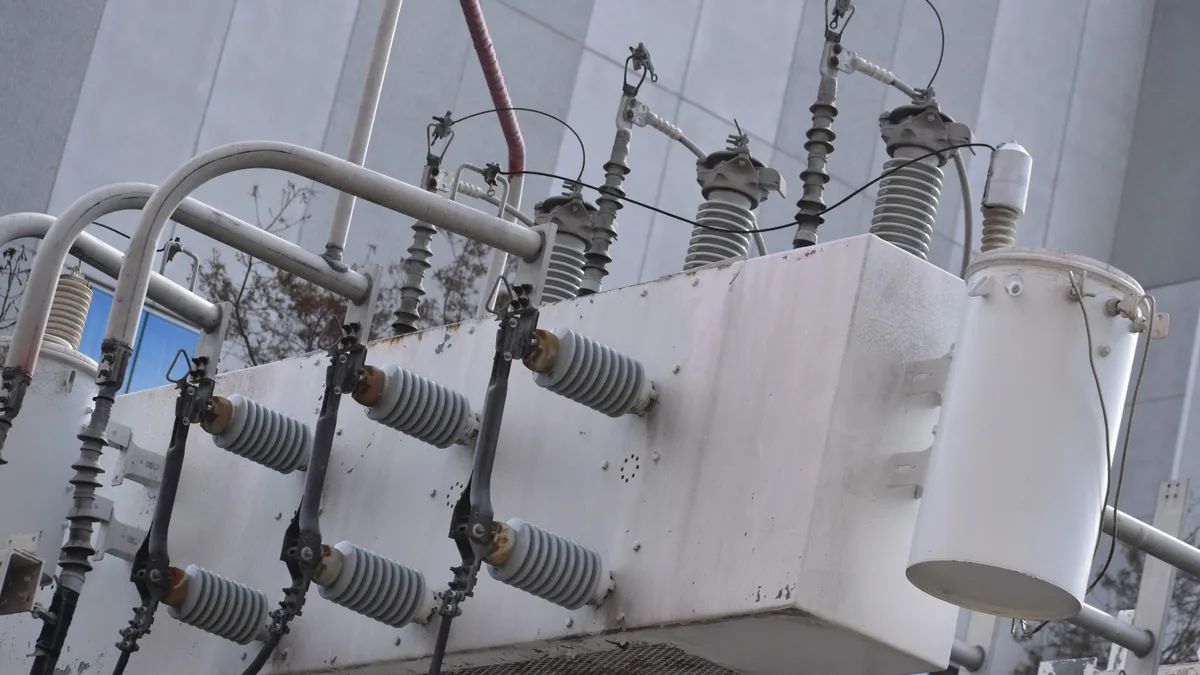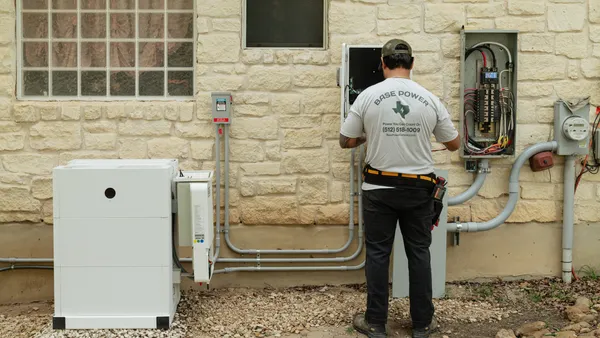Dive Brief:
-
Northern Indiana Public Service Co. and Linde Inc., the U.S. subsidiary of U.K.-based chemical company Linde, will pay $66.7 million to settle charges related to manipulating the Midcontinent Independent System Operator’s demand response program under an agreement approved by federal regulators last week.
-
Linde Inc., which owns an air separation facility in Indiana with up to 330 MW of load, will disgorge $48.5 million and pay a penalty of $10.5 million, according to the Thursday order from the Federal Energy Regulatory Commission.
-
NIPSCO, a NiSource utility, agreed to disgorge and refund to its customers $7.7 million related to gains it made from Linde Inc.’s participation in MISO’s demand response program. NIPSCO was the “market participant” for Linde Inc. in the program.
Dive Insight:
Linde Inc.’s Calumet Area Pipeline Operations Center, which distills gasses such as oxygen, nitrogen and argon from the atmosphere, is a demand response resource in MISO’s day-ahead and real-time energy markets, FERC said in its decision. Linde Inc. submitted its demand response offers in MISO’s day-ahead market via NIPSCO.
NIPSCO collects an administrative fee equal to 5% of Linde Inc.’s demand response revenue and a charge for foregone sales for periods when the facility acts as a demand response asset. As the market participant, NIPSCO is responsible for Linde Inc.’s conduct, according to FERC.
MISO pays so-called DRR-1 assets, such as the Calumet facility, for the difference between a unit’s baseline energy use and its actual load, according to FERC.
FERC’s enforcement office contends that Linde Inc. manipulated its baseline settings during a 5-year period starting in August 2017 to create an artificially high baseline. In that time, the company would then collect demand response payments by operating the facility at its planned levels, which were below the manipulated baseline, according to the enforcement office.
Also, starting in 2020, Linde Inc. adopted an “enhanced” DRR-1 strategy by operating certain equipment solely to increase its electricity use to raise its baseline, according to FERC. Linde Inc. vented to the atmosphere the gasses it distilled under the strategy, the agency said.
“Enforcement concludes that this conduct violated … the MISO tariff because Linde did not ‘respond to [MISO] directives to ... change output levels’ by reducing its load below what it would otherwise have been,” FERC said.
To cover the amounts it paid out to Linde Inc. and NIPSCO, MISO assessed charges to certain market participants in its footprint, including the utility, according to the commission. NIPSCO paid the largest share of those charges and passed them on to its customers, FERC said.
Linde Inc. and NIPSCO fully cooperated with FERC’s enforcement office. The companies admit to the facts in the agreement but neither admit nor deny the alleged violations, according to FERC.
If Linde Inc. resumes participating as a DRR-1 asset in MISO before Jan. 1, 2027, it will notify MISO’s independent market monitor in advance, provide compliance training to relevant personnel, and file annual reports for three years to the market monitor and FERC’s enforcement office describing its demand response activities over the previous year, according to the agency.
The settlement marks the second recent enforcement action by FERC involving MISO’s demand response program. In August, Big River Steel and Entergy Arkansas agreed to pay $27 million to settle allegations the steel company manipulated the program.
MISO had 12,390 MW of demand response resources, or 10.2% of its peak load, in its markets in 2022 — making it the leader among regional transmission organizations and independent system operators, according to FERC’s demand response report issued last month.















